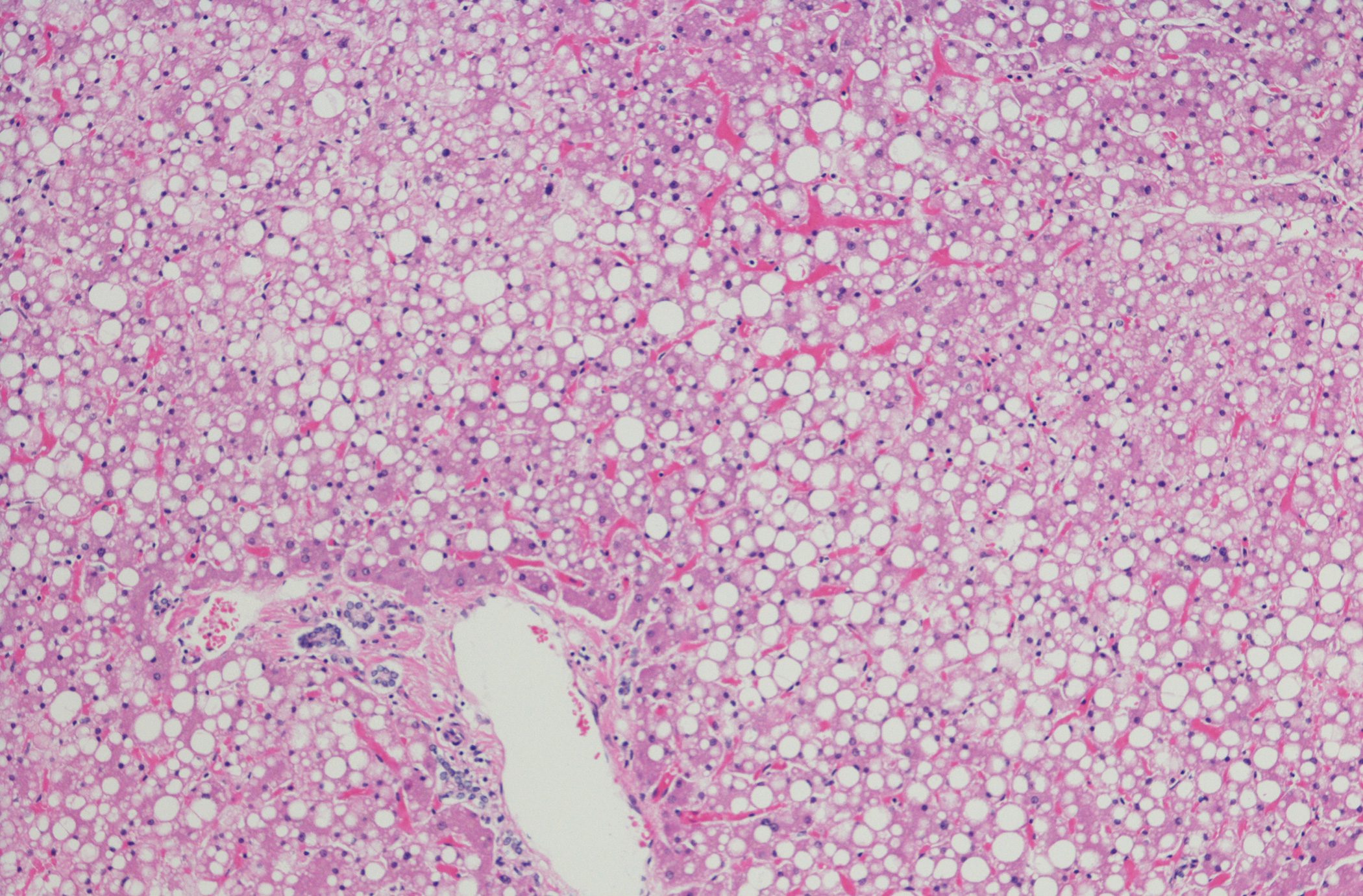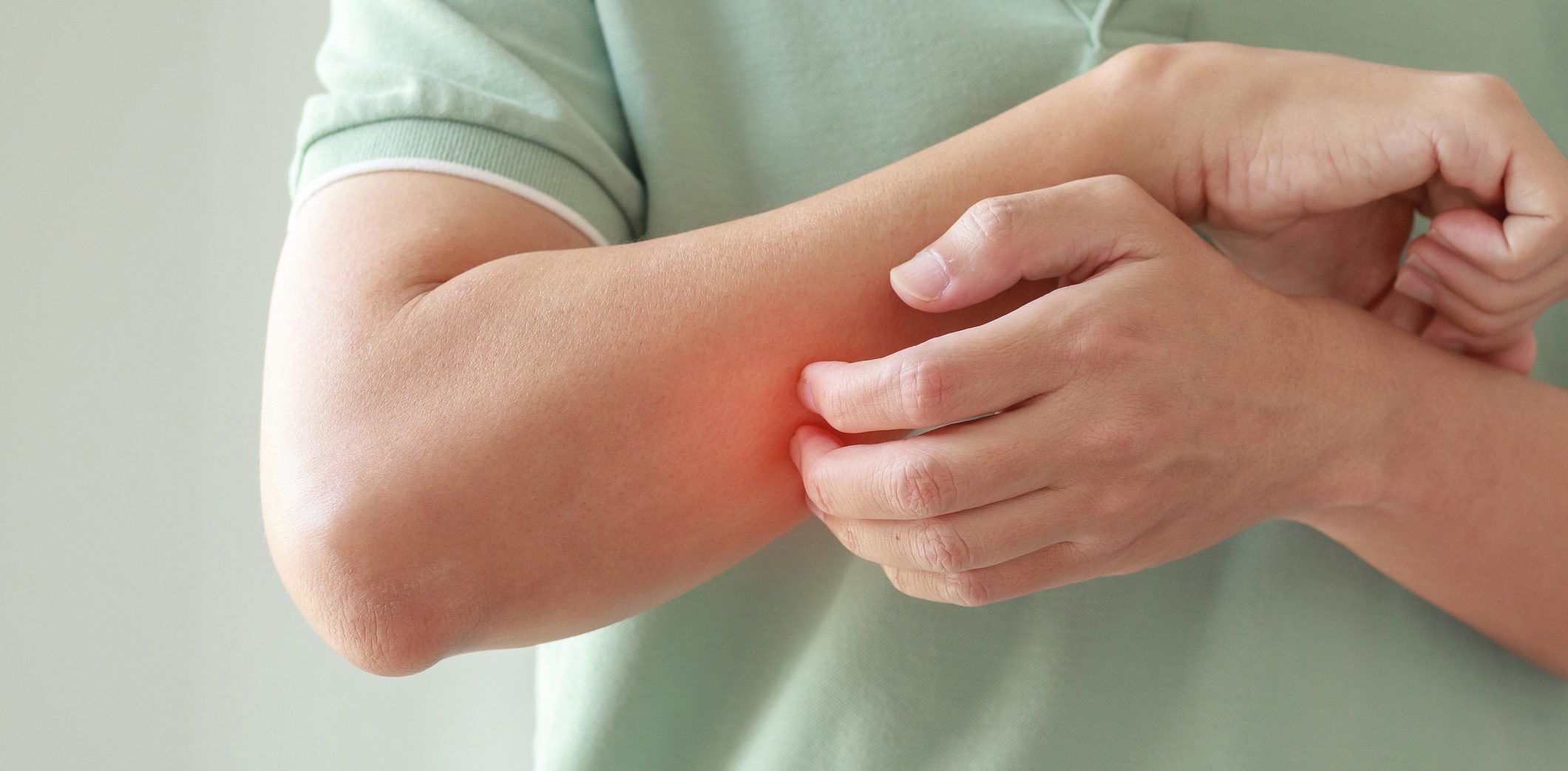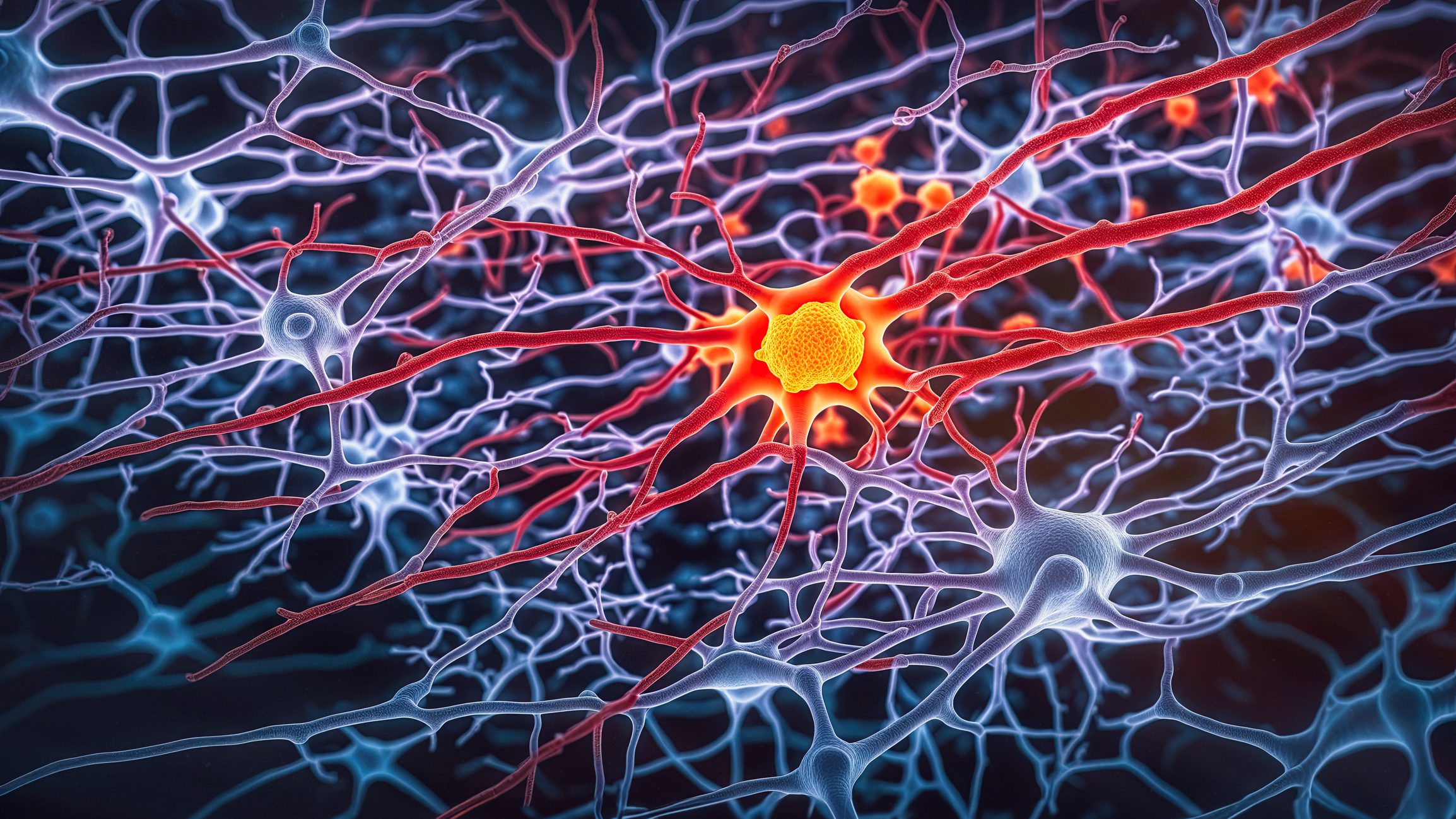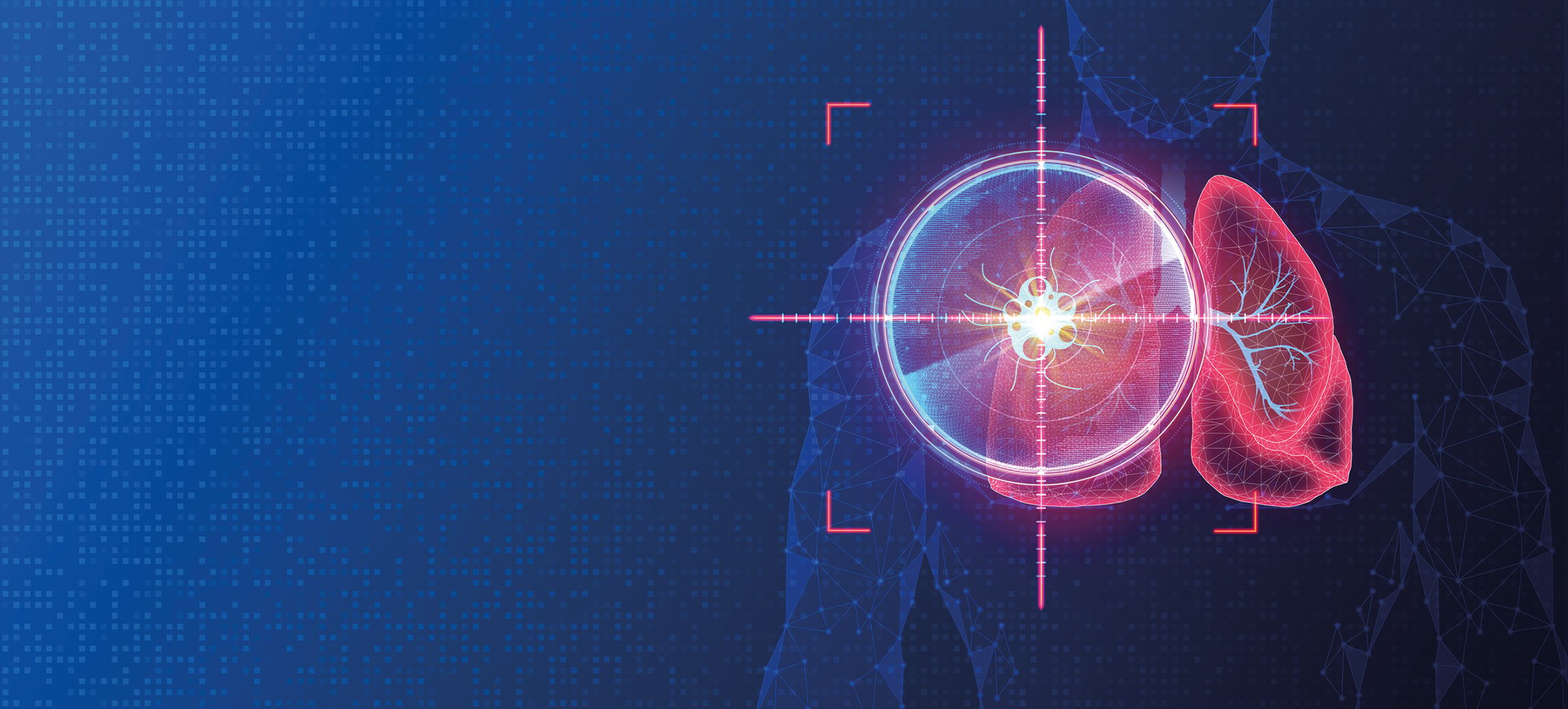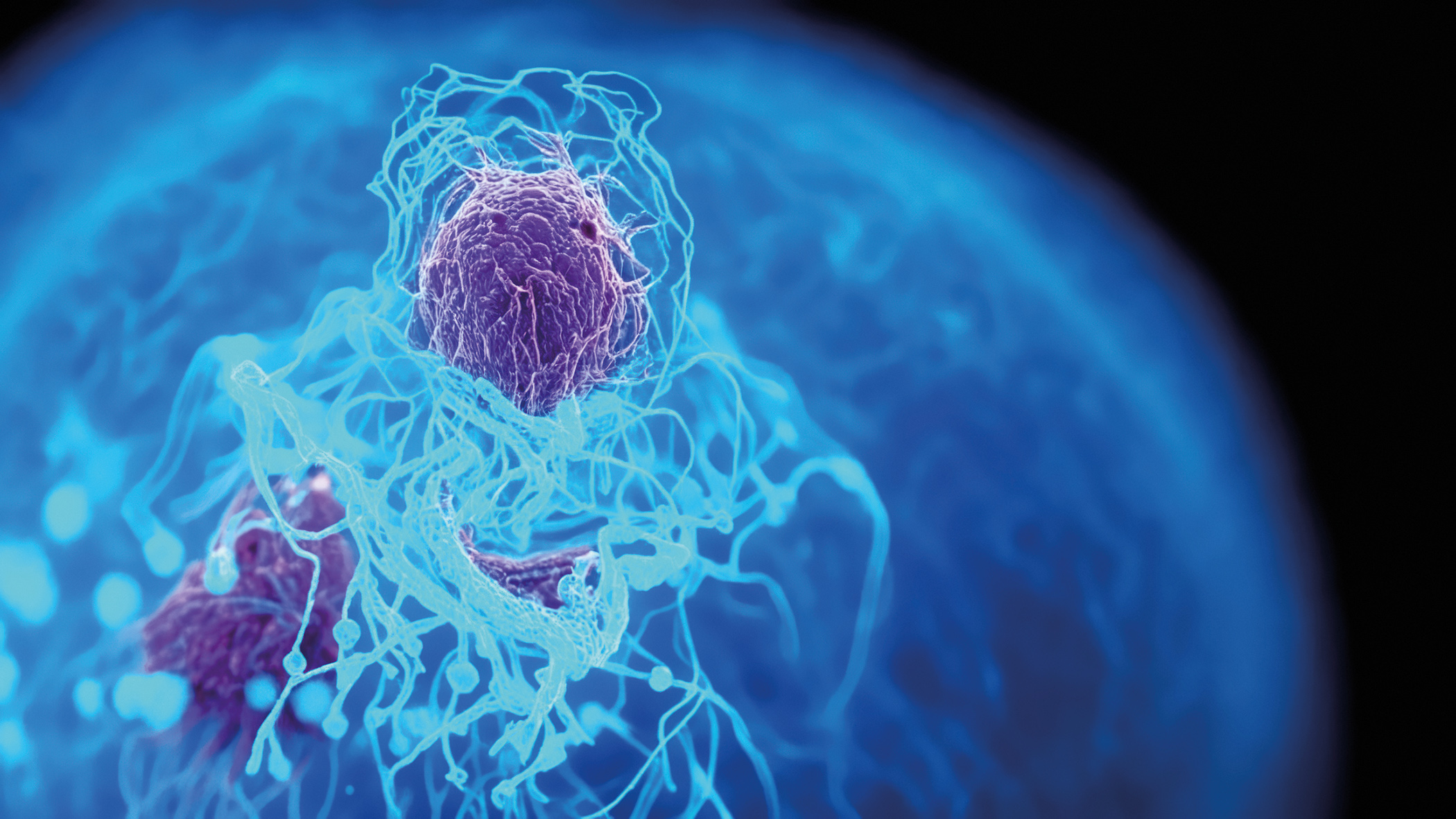Plant-derived, highly purified cannabidiol reduces the frequency of seizures associated with Lennox-Gastaut syndrome and Dravet syndrome and improves the overall condition of patients in placebo-controlled Phase III studies of the… Reports also indicate a positive effect on seizure-free outcomes. What is the truth behind the improved quality of life?
Lennox-Gastaut syndrome (LGS) and Dravet syndrome (DS) are rare and severe developmental and epileptic encephalopathies with onset in infancy or early childhood. LGS usually occurs between the ages of 2 and 5 and the causes are varied. It can occur as a result of brain damage before, during or after birth, or a developmental disorder. DS typically begins in the first year of life with febrile convulsions. The most common cause is changes in the SCN1A gene, which has been found in up to 80% of patients with this disease.
Patients can be affected by several types of seizures, some of which can last longer or lead to sudden death. Tonic and atonic seizures and non-convulsive status epileptici are particularly debilitating. Patients’ daily activities are also often burdened by comorbidities. These include cognitive and communicative impairments, significant behavioral problems, autism spectrum disorders and other psychiatric comorbidities. Most people with LGS and DS are dependent on the help of caregivers due to functional impairments. All in all, these are two illnesses that place a considerable physical, financial, social and psychological burden on patients as well as their relatives and caregivers.
Avoid seizures
The primary goal in the treatment management of LGS and DS is to prevent seizures. However, it is not usually possible to force freedom from seizures by means of pharmacotherapy. A good balance between improved seizure situation and potential disruptive effects is therefore indicated. A well-studied option is the additional administration of highly purified cannabidiol (CBD). The efficacy and safety in patients with LGS and DS was analyzed in four randomized, placebo-controlled phase III studies and their long-term open extensions. It was shown that this significantly reduced the frequency of seizures compared to placebo.
Improve quality of life
In the course of use, it was observed that not only the seizure situation improved, but also the quality of life. Some patients and their caregivers even reported improvements in cognition and behavior. To verify these observations in more detail, a cross-sectional survey of caregivers of patients with LGS and DS was conducted on the global outcomes. The caregivers’ impressions of the changes in non-seizures and seizures after starting CBD treatment should be evaluated. The BEhavior, COgnition, and More with Epidiolex® (BECOME) was a 20-minute online cross-sectional survey developed with extensive input from caregivers, healthcare professionals, and epilepsy researchers, based on questions from validated measures and previously published caregiver reports. The survey consisted of multiple-choice and ranking questions using symmetrical Likert scales.
A total of 498 caregivers (97% parents) of patients with LGS (80%) or DS (20%) participated in the survey. The patients took a median CBD dose of 14 mg/kg/d and an average of four concomitant anti-seizure medications. A large proportion of respondents reported improvements on at least one question in all seizure-free domains: Alertness, cognition and executive function (85%); emotional function (82%); language and communication (79% for nonverbal and 74% for verbal patients); activities of daily living (51%); sleep (51%); and physical function (46%). Respondents reported improvements in seizure-related domains, including overall seizure frequency (85%), overall seizure severity (76%), seizure-free days per week for ≥1 seizure type (67%), and seizure freedom in the last month (16%). The majority of respondents who reported a reduction in seizure frequency also reported improvements in seizure-free areas. However, improvements in seizure-free areas were also reported by patients in whom the seizure frequency had either not changed or had worsened. Overall, 93% of respondents said they wanted to continue CBD treatment – primarily because of the reduced seizure burden, but also because of the improvements in seizure-free outcomes.
Further reading:
- Bast T: Lennox-Gastaut syndrome: How to treat? Journal of Epileptology 2021; 2: 23-25.
- www.neurologienetz.de/fachliches/erkrankungen/epilepsien/lennox-gastaut-syndrom (last accessed on 16.03.2024)
- Staudt F: Lennox-Gastaut syndrome. Children’s EEG 2014; DOI: 10.1055/b-0034-93686
- www.medicover-diagnostics.de/lvz/panels/dravet-syndromfruehkindliche-grand-mal-epilepsie–620 (last accessed on 16.03.2024)
- www.mgz-muenchen.de/erkrankungen/diagnose/dravet-syndrom.html (last accessed on 16.03.2024)
- Berg AT, Dixon-Salazar T, Meskis MA, et al: Caregiver-reported outcomes with real-world use of cannabidiol in Lennox-Gastaut syndrome and Dravet syndrome from the BECOME survey. Epilepsy Research 2024; 200: 107280.
InFo NEUROLOGY & PSYCHIATRY 2024; 22(2): 26





